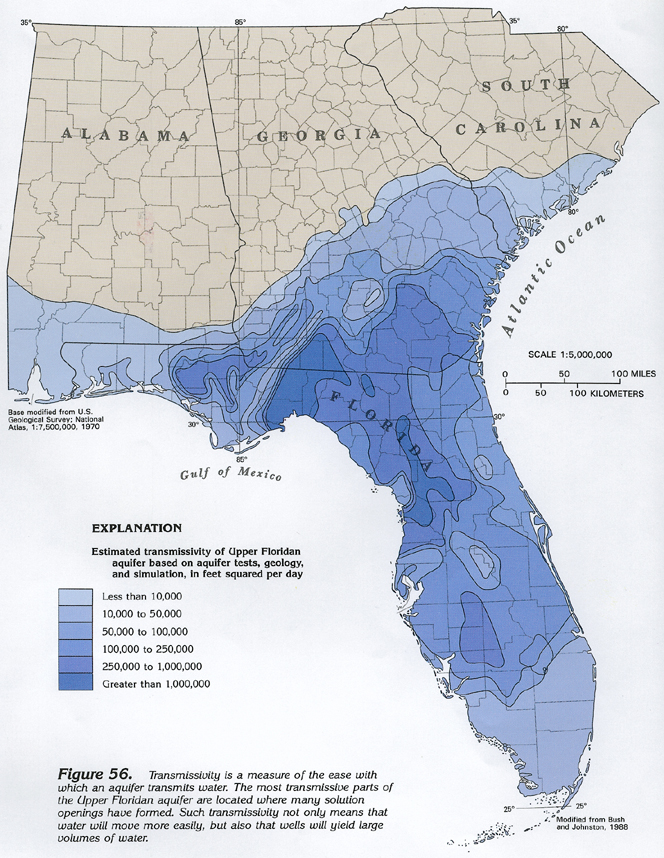 Underground may be out of sight, but it just keeps seeping farther,
getting into more wells, poisoning more wetlands, and getting into the air,
causing cancer and other diseases.
Underground may be out of sight, but it just keeps seeping farther,
getting into more wells, poisoning more wetlands, and getting into the air,
causing cancer and other diseases.
Katie Leslie and Shannon McCaffrey wrote for the AJC 13 April 2013, 20 years later, Fort Gillem contamination still spreading,
In the early 1990s the U.S. Army discovered hazardous chemicals dumped at Fort Gillem seeping into residential wells in neighboring Forest Park. The finding prompted the military to pass out bottled water and convert many residents to a county water system from their private wells.
But two decades and a base closure later, state officials say the Army still hasn’t done enough to clean up known and suspected carcinogens that are migrating from groundwater into surface water and, potentially, into the air residents breathe.
We might want to think about that before
importing coal ash; oh, wait,
we already did!
Maybe at least we should not import any more of it.
We already have
cancer-causing arsenic in some of our wells; we don’t need more.
And what about that radioactive tritium leaking into groundwater from Plant Hatch?
That’s also in our
Floridan Aquifer.
radioactive tritium leaking into groundwater from Plant Hatch?
That’s also in our
Floridan Aquifer.
Regarding coal ash at the local landfill, do we want to end up like Clayton County?
Earlier this year, state officials grew so impatient that they turned to the environmental equivalent of the nuclear option: They asked the U.S. Environmental Protection Agency to weigh the possibility of making Fort Gillem a Superfund site. That outcome could effectively kill a plan to transform the abandoned post into something Clayton County desperately needs, a job-creating industrial hub.
Our local Industrial Authority and Chamber of Commerce might want to take a hand in what goes into our local landfill.
-jsq
Short Link:
